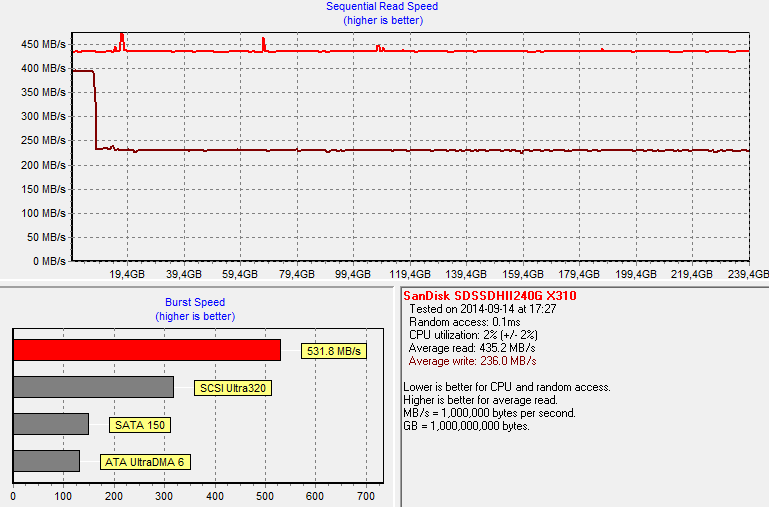The Intel Developer Forum, IDF 2016, in Shenzhen, China wrapped up yesterday. One of the highlights of the conference was an on-stage demonstration of Intel Optane technology. Rob Crooke, Intel VP for Non-Volatile Memory Solutions Group (NSG), joined Ian Yang, President of Intel China, to show Intel Optane tech leveraged in a Thunderbolt 3 backup device. Crooke and Yang demonstrated the world of difference in backing up TLC-based SATA SSD based systems compared to Intel Optane tech based systems.
According to Tom's Hardware the comparison backup systems were as follows:
- NAND SSD System: A PC with two Intel SATA SSDs transferred a movie from the host machine to a Thunderbolt 3-connected device using another Intel SATA SSD. The devices 'likely' utilised Intel's recently announced SSD 540 or 5400 Series business-class drives.
- Optane SSD System: Host and destination devices used Optane memory technology, and the devices were connected by Thunderbolt 3.
Interestingly Tom's Hardware expects Optane technology to make your PC "into an instant booting device like a tablet or cell phone," but my PC already boots up faster than any tablet or smartphone I've had. I think the fastest booting devices I've owned are an Atari ST and Nintendo DS.
The headline difference in performance you can see in the graphic above. The Optane technology based system and device transfer speeds trounce their NAND SSD opponents. Intel Optane movie data transfer performance approaches 2GB/s.
However the test wasn't very fair with the NAND SSD system being hobbled by its SATA interface drives while Intel Optane SSDs were "using PCIe x4 NVMe" interfaces, according to PCPer. The same tech news site notes that Intel's own P3700 NAND 1.6TB SSD product can also achieve 2GB/s transfers. Rather Optane's strength lies in its random IOPS, as shown in earlier technology demonstrations. Nevertheless it's good to see more demonstrations of Intel Optane across various applications, as it gets nearer to market availability.









